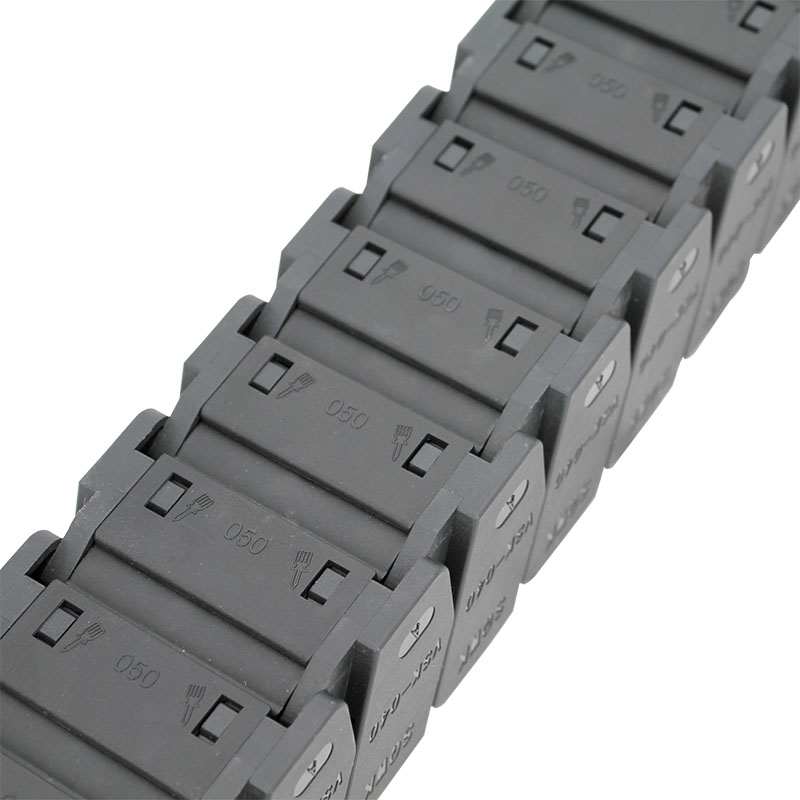Understanding the Functionality and Applications of Drag Conveyors in Material Handling
Understanding Drag Conveyors Efficient Material Handling Solutions
In the realm of bulk material handling, drag conveyors play a pivotal role in transporting a wide range of materials efficiently and effectively. From agricultural applications to industrial processes, these conveyors are designed to move bulk materials horizontally or at inclines, utilizing a series of plates or belts to drag the materials along a defined path. This article explores the functionality, advantages, and considerations associated with drag conveyors, illustrating why they are a preferred choice in many industries.
What is a Drag Conveyor?
A drag conveyor, often referred to as a chain conveyor or drag chain conveyor, employs a series of horizontal or inclined chains or cables which move along a metal trough. The chains are attached to flights (or paddles) that drag the material through the conveyor’s enclosure. This design minimizes the distance between the product and the drag conveyor, making it a space-efficient option for material hauling.
Drag conveyors are highly adaptable, capable of handling a variety of materials, including grain, cement, coal, and even heavy industrial products. Their robust design enables them to handle high loads and harsh operational conditions, contributing to their longevity and reliability in industrial settings.
How Drag Conveyors Work
The operation of drag conveyors is relatively straightforward. The conveyor system begins with a drive unit that powers the chains, typically driven by an electric motor. As the motor engages, the chains loop around sprockets positioned at both ends of the conveyor, moving the flights back and forth. The flights, in turn, collect and transport the bulk materials along the conveyor's length.
The material is allowed to enter at one end and is pushed or dragged along the trough toward the discharge end. Depending on the material and desired flow rate, adjustments can be made to modify the speed of the conveyor. The design also includes a trough or enclosure that keeps material contained, which is vital for minimizing dust and spillage.
Advantages of Drag Conveyors
1. Versatility One of the notable advantages of drag conveyors is their versatility. They can handle various bulk materials, including granular, powder, and dry solids, making them suitable for industries ranging from agriculture to mining.
drag conveyor

2. Space Efficiency Unlike traditional belt conveyors, drag conveyors are designed to occupy minimal floor space. Their customizable configurations allow them to be installed in tight spaces while effectively managing material flow.
3. Durability The sturdy construction of drag conveyors ensures they can withstand heavy loads and harsh environments. They are often made from robust materials that resist wear and tear, reducing maintenance costs and prolonging operational life.
4. Reduced Dust Emissions The enclosed design of drag conveyors limits dust generation, contributing to a safer work environment. This is especially important in industries where airborne particles can pose health risks or where materials are sensitive to contamination.
5. Energy Efficiency Compared to other conveyor types, drag conveyors typically consume less energy to operate, largely due to their simple design and efficient power transfer mechanisms.
Considerations for Implementation
While drag conveyors offer numerous benefits, several factors should be considered before implementation. It is essential to evaluate the specific material characteristics (such as size, weight, and flowability), the required conveyor length, and the installation environment.
Additionally, maintenance practices should be established to ensure ongoing reliability. Regular inspections and a proactive approach to wear parts can minimize unexpected downtimes and extend the lifespan of the conveyor system.
Conclusion
Drag conveyors are an invaluable component of the bulk material handling system, boasting versatility, durability, and efficiency. Their ability to operate in a variety of industries, combined with their effectiveness in transporting diverse materials, makes them a go-to solution for many businesses. As technology evolves, drag conveyors are continually being improved, ensuring they remain at the forefront of material handling innovations. Understanding their functionality and advantages allows businesses to make informed decisions that enhance operational productivity and efficiency.








